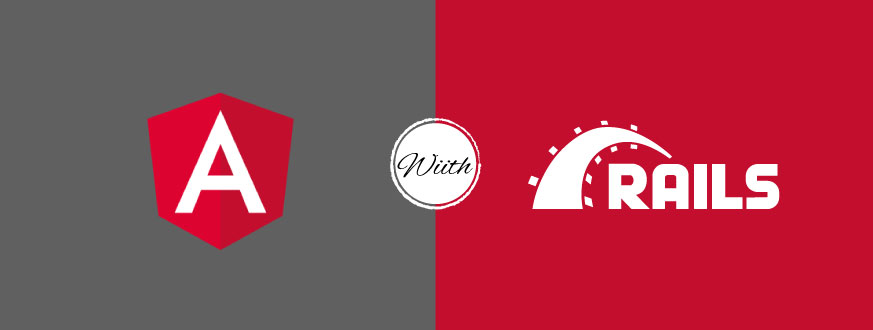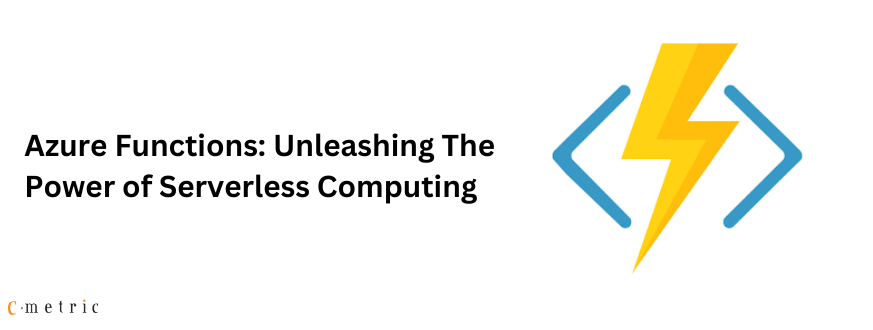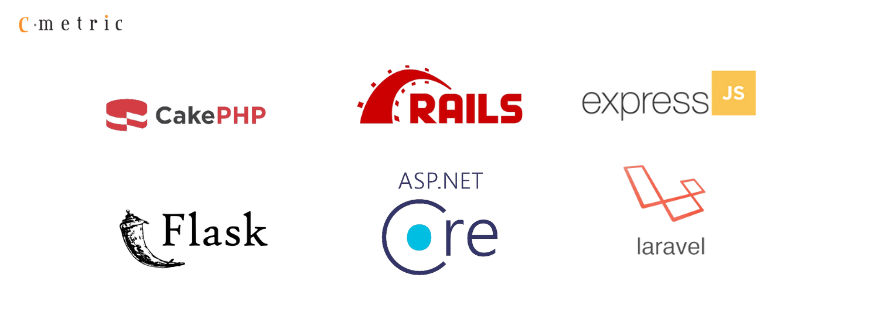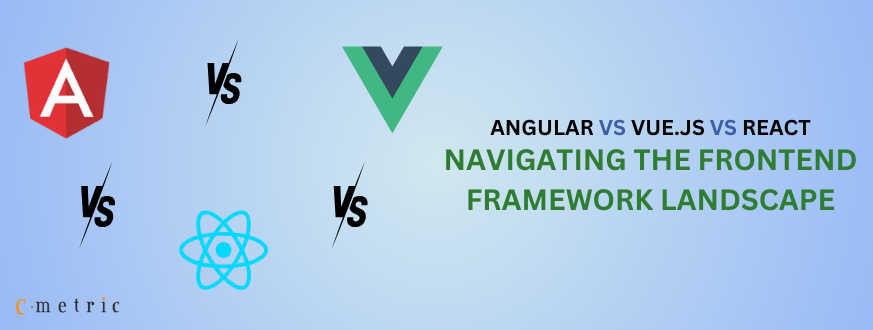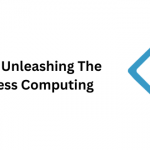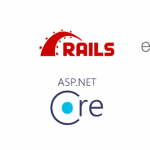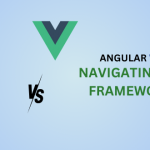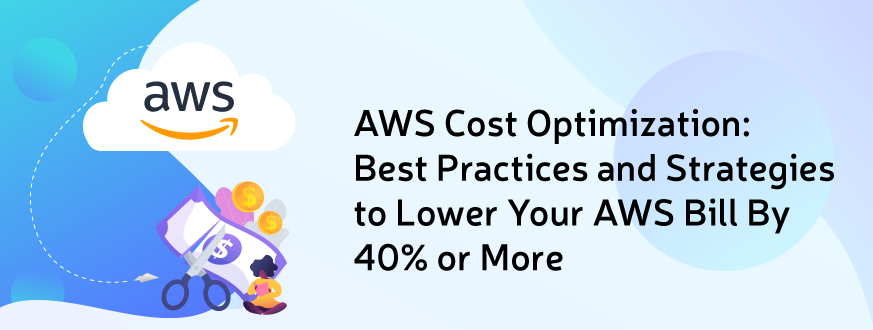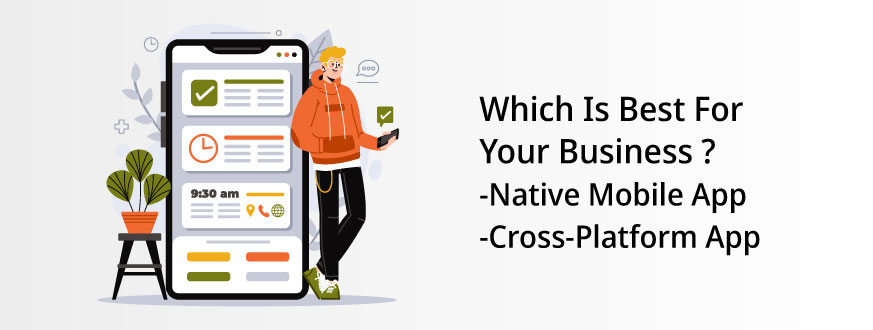SaaS, aka Software as a Service, is a broadly used strategy for software development. While it was a brand-new business model a decade ago, SaaS has become the leading software trend globally, which is used in different industries, such as marketing, travel, retail, finance, and more. So, do you want to design a SaaS application and don’t know which technology stack to avail of?
Building a SaaS application means a creative way of managing and maintaining your code, database, and servers required. So, Angular with Ruby on Rails are the two noteworthy frameworks for designing SaaS applications. But what about combining these two frameworks?
By combining Angular + Ruby on Rails, you can benefit from both these technology stacks and get a proper blend of the features of both! Let’s discuss why Angular with Ruby on Rails is appropriate for developing SaaS applications, features, benefits of the combination of Angular + Ruby on Rails, and more.
Is Ruby on Rails the Best framework for Developing SaaS Products?
It would be better to pay close attention to 4 vital traits of the Ruby on Rails framework for your SaaS product:
- Flexibility
- Performance
- Scalability
- Security
As these traits are in-built into Ruby on Rails, you must consider this framework while building a SaaS application.
Some pros and cons of this framework are the followings that support Ruby on Rails, a top-notch framework for developing a SaaS product:
Pros
- Debugging is hassle-free in Ruby on Rails.
- It can be set up quickly.
- As various small companies have implemented Ruby, this framework is surrounded by an investigational and experimental user community.
- It’s perfect for fast-paced environments.
Cons
- This framework doesn’t possess a built-in module for handling multi-tenancy in case you’re building a multi-tenancy product.
Connect with C-meric the No. 1 Software Development Company in New Jersey today to hire full stack developers who are well-versed at developing web and desktop apps using Rails as a server-side MVC and Angular as a client-side MVC.
Is Angular the Best Framework for Developing SaaS product?
This JavaScript framework has its single aim to develop single-page applications. Angular is famous in the SaaS industry because this framework makes front-end development faster. SaaS claims to ship the features asap, and nobody bothers about what tech stack it’s built on and if it’s secure & serving the purpose. While comparing Angular with other technology stakes and libraries, it has been found that in Angular:
- You have to write minimal code to develop a similar piece of functionality.
- You shouldn’t care about establishing the project as Angular CLI automated the end-to-end lifecycle from blossoming to production.
Pros of Angular on designing SaaS applications
- Component-based architecture.
- It’s universal.
- Detailed documentation.
- CLI helps in app configuration, initialization, and development.
Drawbacks of Angular on designing SaaS applications
- The complexity of the codes.
- Users often find it challenging to read the code and manage it.
What’s new in Angular 15? Latest Features and Quick Updates of Angular V15
Why Angular With Ruby on Rails is an ideal Combination for SaaS App Development
Let’s dig into some features of both Angular with Ruby on Rails to understand why the combination is the most powerful and credible framework for SaaS product development.
Features of Angular
-
Angular Universal
Regarding SaaS front-end development, you could use the Angular Universal feature to tackle the Server Side Rendering of your app. Consequently, your application’s performance improves, and all the search engines can access your content more credibly, efficiently, and effectively.
-
CLI power of Angular
It’s a vital tool for developing, initializing, maintaining, and framing Angular SaaS applications. The evolution of the Angular Command Line Interface can streamline the SaaS app development workflow and simplifies Angular project development.
-
Created for mobile devices
The Angular SaaS template is mindfully designed for both web and mobile screens. In order to check if it’s 100% responsive, you can see the online demos.
-
Angular components are custom and flexible
A custom and top-notch Angular site template are incorporated to make your following Angular projects as impressive as possible. High flexibility and clean code let you quickly adapt the required SaaS components to your needs. Despite this, full-stack SaaS necessitates a few other vital factors which influence software development speed:
- Code quality.
- Team’s size.
- Difficult development processes.
Features of Ruby on Rails
Being a robust and credible web framework, Ruby on Rails is perfect for SaaS app development due to the following features:
-
Speed
With this framework, app developers don’t have to reinvent the wheel, as they can utilize top-notch feature implementations. As a result, RoR reduces app development costs and minimizes the time-to-market of your SaaS product in the early days. Moreover, with RoR, you will get more constant application updates, rapid market change adoption, and faster feedback from users.
-
Performance
Ruby on Rails is a succinct and eloquent programming language with a top-notch suite of tools. This framework follows the model-via-controller or MVC pattern, which allows the extensibility and modularity of applications in SaaS app development.
-
Scalability
Scalability aids you in fulfilling the demands of the users, and it lets you meet surges to start making profits quickly. High scalability is one of the best reasons cloud computing obtained immense popularity and growing thoroughly. So, if you’re wondering what scalability means in SaaS app development, the SaaS app can function well when processing maximized request loads.
Magical Combination of Angular + Ruby on Rails
Several benefits of using the combination of Angular with Ruby on Rails while building a SaaS app are the following:
-
Minimized development time
RoR asset pipeline offers organization, concatenation, and JavaScript’s minification. Hence, it’s worth considering that Rails’ convention over configuration characteristics is attractive for a programmer. It simplifies the SaaS code development and lowers the code development time.
-
Isolated front-end and backend layer
You must perceive every minute detail of the clients and create your SaaS application structure from the beginning. In case you have to opt for an interactive client-side framework that runs in the browser and an extraordinary CRUD REST API to power your front end, then using Angular + Ruby on Rails is undoubtedly a wise decision.
This combination gives you the maximum freedom to isolate your front end from the back end. It also gets rid of the need to glue them together and this is how giving you the extensibility and reusability of your SaaS application.
-
Tools are purposefully built for the job at hand
RoR tackles all the backend work, including caching, ORM, connectivity, and core business reasoning. On the other hand, Angular is purpose-built for the UI only.
It would be best to have API end-points to store or bring data into the database instead of accessing it like in Ruby on Rails, but it offers the liberty to utilize each one with ease, given the API remains intact.
However, Angular does an excellent job of creating a client-side app, whereas Ruby on Rails is eminent for offering robust server APIs. Hence their mix can give exceptional SaaS apps. Both these frameworks go hand-in-hand, eliminating each other’s shortcomings remarkably.
Final Verdict
AngularJS eradicates the delay ensured by its click & wait for interaction, and Ruby on Rails offers a robust API backend to manage every preferred business logic. This is how both these frameworks blend perfectly with one another and nullify one another’s inadequacies.

